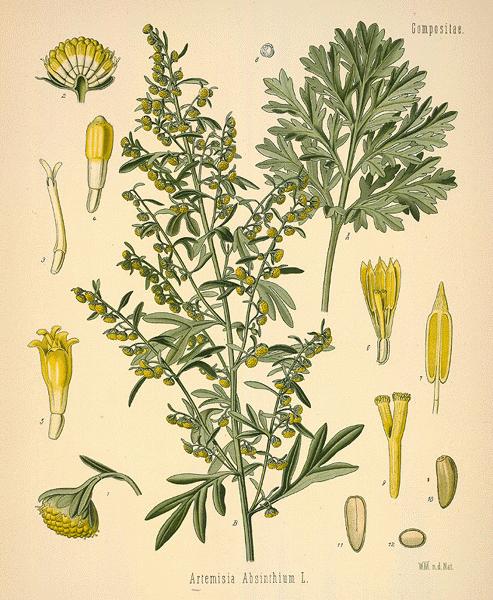While reading through an older chemistry book, Chemistry for Changing Times
Immediately I found this little warning on the WebMD website:
"This medication may make you more sensitive to the sun. Avoid prolonged sun exposure, tanning booths, and sunlamps. Use a sunscreen and wear protective clothing when outdoors."
 |
| In Context. |
So, is it dangerous?
The researching came to a dead end. Most sources claiming its dangers were selling an herbal product with herbs easily attainable at a natural market. There was a lack of results verifying the products safety, and a lack of studies to prove it unsafe as determined by the FDA. I decided for myself, not to use it; especially since my skin is very sensitive to the sun.
If medication is a must for acne treatment, this article seems like a helpful tool. Salicylic acid seems to cause less problems and irritation to skin than Benzoyl peroxide and seems like the better choice; however, each one has its perks. If you are looking for an option to break from the prescription medications to something natural, here are a few remedies used in the past:
Please Note: These are folk remedies used by other people to treat acne and skin. Unless otherwise specified there has been no research done on my end to back this data up with science. It is based on things used in the past, over and over again because its worked before. That is not to say there is no science to back it up; just that, I am mostly researching this from the perspective of ethnobotany, not pharmacognosy.
As with all my posts I am in NO way giving information for dosage or use.
 Willow Bark
Willow Bark
Also known as 'Witches Aspirin,' willow bark was the aspirin, before aspirin. Salicylic Acid, (That's right, the same chemical in acne treatments.) is what is in willow bark to help relieve pain and inflammation, aspirin before the late 1890's was derived from the willow plant (From a tree, a 'miracle' called aspirin, CNN.) Also, have you ever noticed how most acne products use the word 'astringent?' Well Willow Bark is considered to be an astringent and brand name natural cosmetics even use willow in their products. In cosmetics astringents work by tightening the pores and having an antimicrobial effect. Although lately there has been some debate as to whether the use of astringents should be in skincare; this is questionable as to whether herbal products are implied or not. You can read more about the history of astringents here.
Elder Flowers
 In A Modern Herbal, Madame Grieves writes:
In A Modern Herbal, Madame Grieves writes:"Elderflower Water in our great-grandmothers' days was a household word for clearing the complexion of freckles and sunburn, and keeping it in a good condition. Every lady's toilet table possessed a bottle of the liquid, and she relied on this to keep her skin fair and white and free from blemishes, and it has not lost its reputation. Its use after sea-bathing has been recommended, and if any eruption should appear on the face as the effect of salt water, it is a good plan to use a mixture composed of Elder Flower Water with glycerine and borax, and apply it night and morning."
Note this herbal is very outdated; I do not recommend applying borax to one's face.

